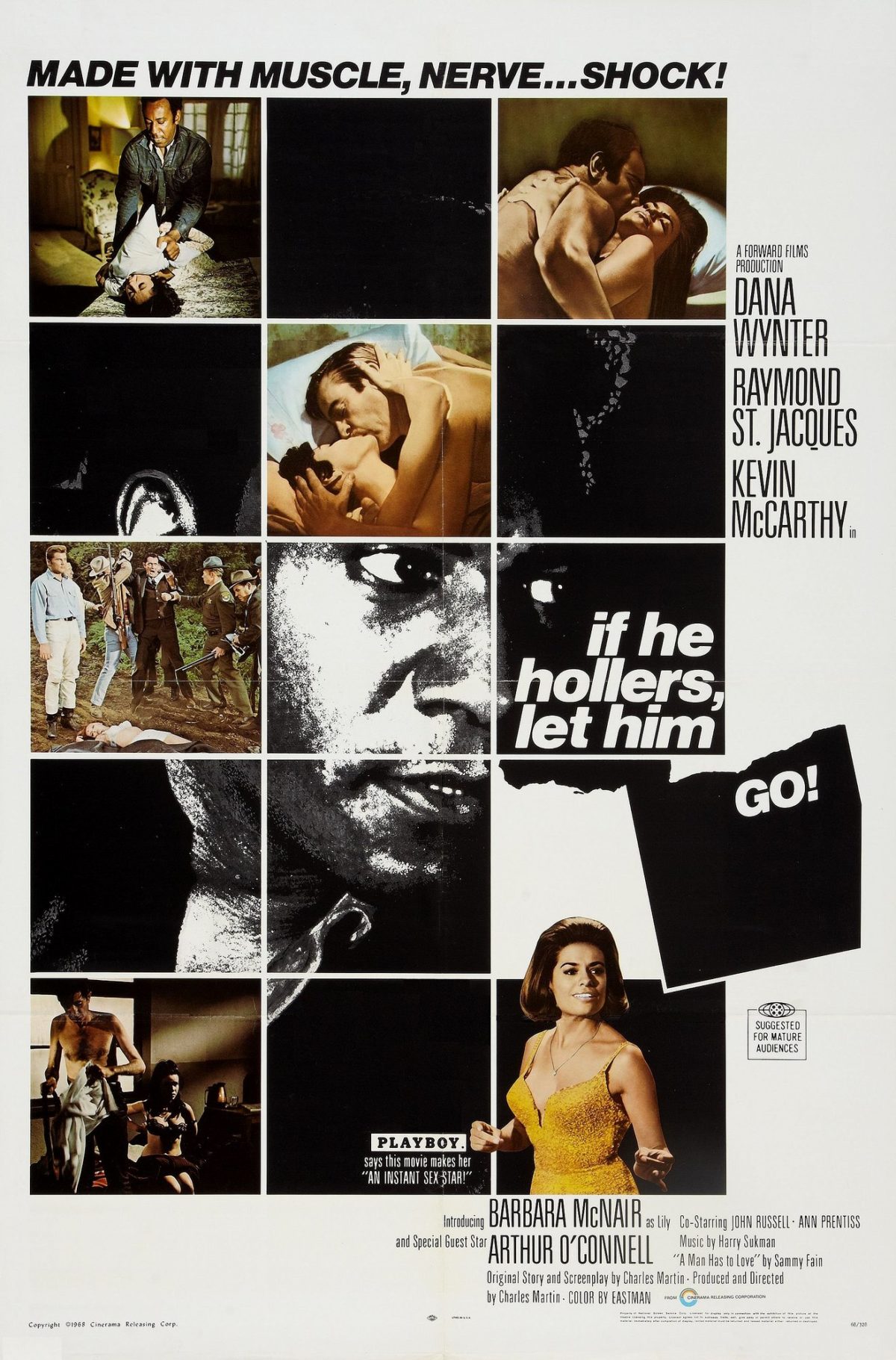I am sure, as we all know The Expendable Man was published in 1963 by Dorothy B Hughes but did you know that a book that most of us are familiar with, was also published around the same time? These two books have a lot more similarities and differences with each other that were hard for me to ignore after I finished The Expendable Man. That book is To Kill a Mocking Bird. I remember having to read To Kill a Mocking Bird in high school and all I can say is that there is a reason why this book is always read in high school and also why there are always people trying to ban this book. I am arguing that The Expendable Mand and To Kill a Mocking Bird have more similarities with each other than differences.
Before I go into their similarities I think it is important that I first call out their differences. First and foremost To Kill a Mocking Bird is not a Noir book. The genre, after a quick google search, is more of a Southern Gothic book while The Expendable Man is a noir book. Maybe, it can even be said that To Kill a Mocking Bird helped inspire The Expendable Man…with that being said what are the two book’s similarities?
The similarities I will talk about will read more like a list. Both books were written by white women in the 1960s – which may have helped contribute to the next point. Both the book’s main characters Hugh and Scout can be classified as vulnerable members of society. In the sense that they are always the most targeted. However, the difference between the main characters is that one is vulnerable for their race and the other is vulnerable for their gender. A black male and a female child in the 1960s. The Expendable Man and To Kill The Mocking Bird also deal with similar themes of race and injustice. Both lawyers are white men that seem to be doing this out of the goodness of their own hearts.
In conclusion, these books are very different from each other in terms of genre but they have more similarities with each other than we realize. The next question that we can ask is: why? Why do both of these women right similar stories with similar lessons?
Skip to content
